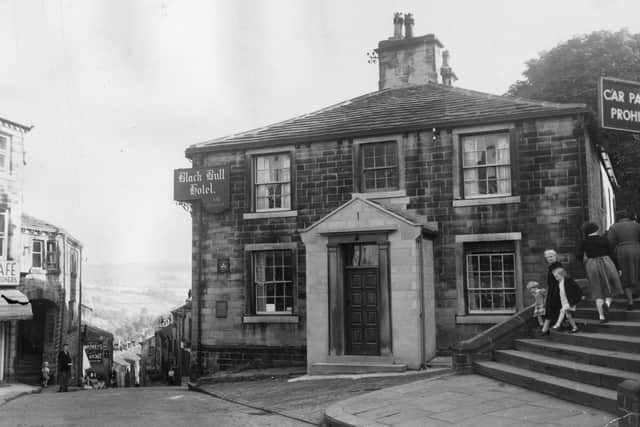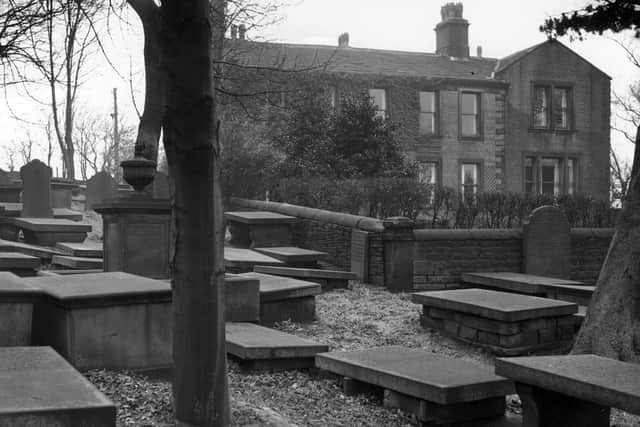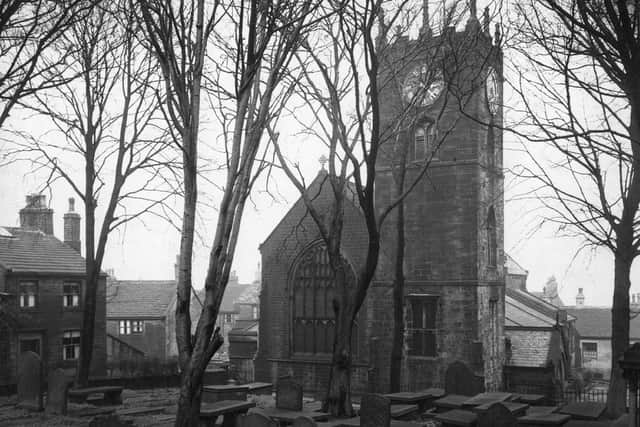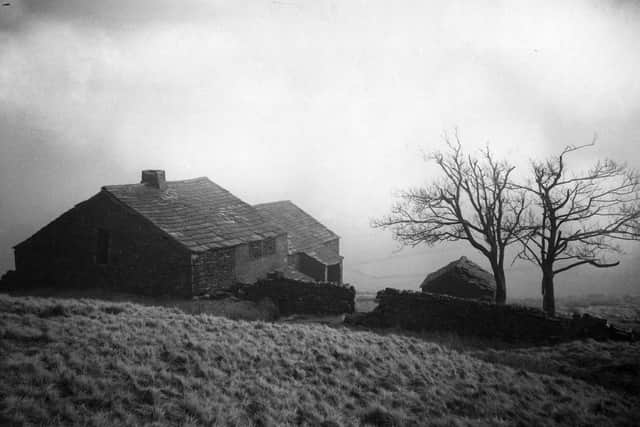Retro Haworth: Amazing photos show what Haworth landmarks looked like in the 20th century including the former house where the Bronte family lived
The village is located in the City of Bradford with surrounding areas and nearby villages including Oakworth and Oxenhope and Cross Roads, Stanbury and Lumbfoot. Haworth is a tourist destination known for its link with the Bronte sisters, Charlotte, Emily and Anne and the preserved heritage Keighley and Worth Valley Railway.
Haworth was first mentioned as a settlement in 1209 and was recorded as ‘Howorth’ on a 1771 map. In 1850, local parish priest and father of the Bronte siblings, Patrick Bronte, invited Benjamin Herschel Babbage to investigate the village’s high early mortality rate, which resulted in all but one of his six children, including writers Emily and Anne, dying by the age of 31.
Advertisement
Hide AdAdvertisement
Hide AdThe result of the investigation uncovered deeply unsanitary conditions, including the fact that there were no sewers and excrement flowing down Haworth’s streets. This report was presented to the General Board of Health and prompted work to improve conditions in the village.
Retro photos of Haworth landmarks connected to Bronte sisters
The Black Bull


The Black Bull Inn photo dates back to March 1955.
This is one of Haworth’s oldest and most famous drinking establishments; the Black Bull has been located at the top of the village’s cobbled Main Street since the 16th century.
It was built from local millstone grit, the inn overlooks both the village square to the front and several artisan shops from the terrace.
It is famously linked to the Bronte sisters’ only brother Branwell, who used to visit the pub regularly, where he would sit in his favoured chair in the small parlour which currently makes up half of Branwell’s Restaurant, a separate dining area. According to locals, Branwell would often be found claiming centre of attention by the fireplace to an audience of weary travellers or locals.
Advertisement
Hide AdAdvertisement
Hide AdA period masonic seat is thought to have been used by Branwell and is on display at the pub and many residents and guests believe the ghost of the only Bronte son still haunts the building to this day.
Bronte Parsonage Museum


The picture shows what the museum looked like from the graveyard view, circa 1940.
The Bronte Parsonage Museum is a writer’s house museum maintained by the Bronte Society as a tribute to the Bronte sisters. The museum is in the former Bronte family home, the parsonage, in Haworth, where the sisters spent most of their lives and wrote their famous novels.
The building is listed Grade I on the National Heritage List for England and was built between 1778 and 1779.
Advertisement
Hide AdAdvertisement
Hide AdIn 1820, Patrick Bronte was appointed incumbent of St Michael and All Angels’ Church and arrived at the parsonage with his wife Maria and six children.
The stunning moorland setting had a significant influence on the writing of Charlotte, Emily and Anne. Their father was also a published author of poetry and fiction and his children grew up fascinated by books.
Maria died of cancer on September 15, 1821 and her sister Elizabeth Branwell took over the house, exchanging her home in Penzance for the harsh climate of a northern township.
Haworth Church and graveyard


The photo shows the church and graveyard as seen from Parsonage Museum, circa 1940.
Advertisement
Hide AdAdvertisement
Hide AdThe oldest part of the church, which is the lowest part of the tower, dates back to the 15th century and the church we see today is not the way the Brontes knew it.
Roughly 40,000 people are buried in the churchyard, the burial registers date back to 1645 and in 1849 the graveyard being overcrowded and badly drained was affecting the already poor sanitation in Haworth.
The Brontes are buried in a vault inside the church, except Anne who was buried at Scarborough.
Top Withins Haworth


The photo shows a view of the mists at Top Withins on the North York Moors, circa 1940.
Advertisement
Hide AdAdvertisement
Hide AdThis area is a ruined farmhouse near Haworth, which is said to have been the inspiration for the location of the Earnshaw family house Wuthering Heights in the 1847 novel of the same name by Emily Bronte.
The ruin lies on the Pennine Way east of Withins Height below Delf Hill and is a popular walking location from nearby Haworth and Stanbury.
Comment Guidelines
National World encourages reader discussion on our stories. User feedback, insights and back-and-forth exchanges add a rich layer of context to reporting. Please review our Community Guidelines before commenting.
